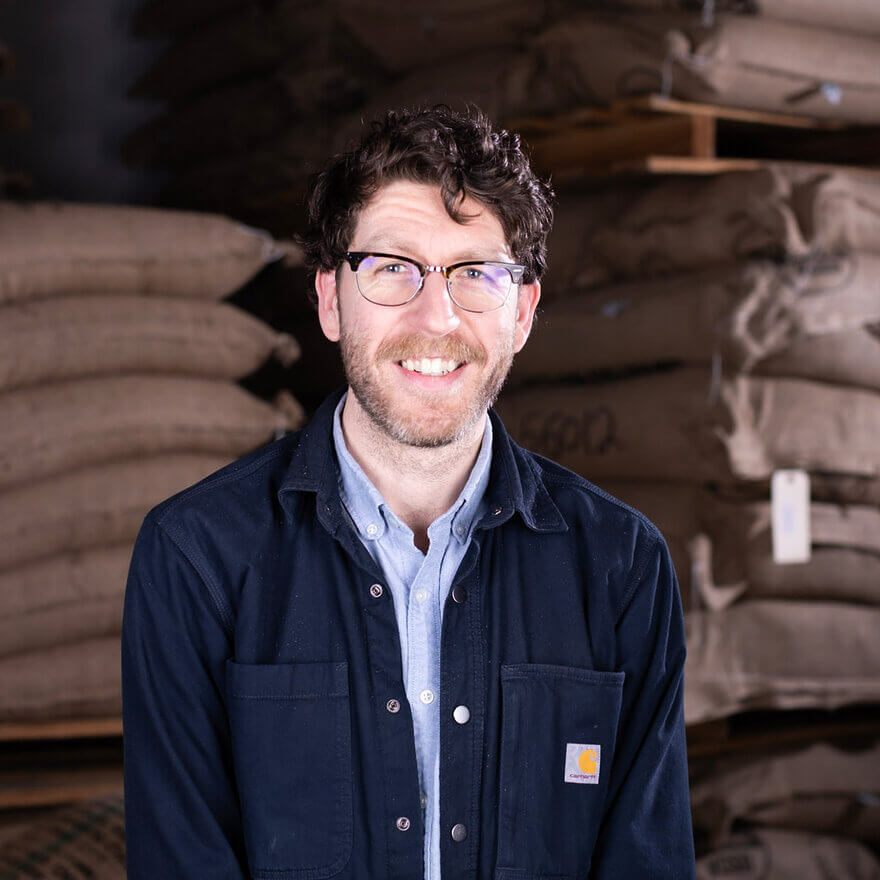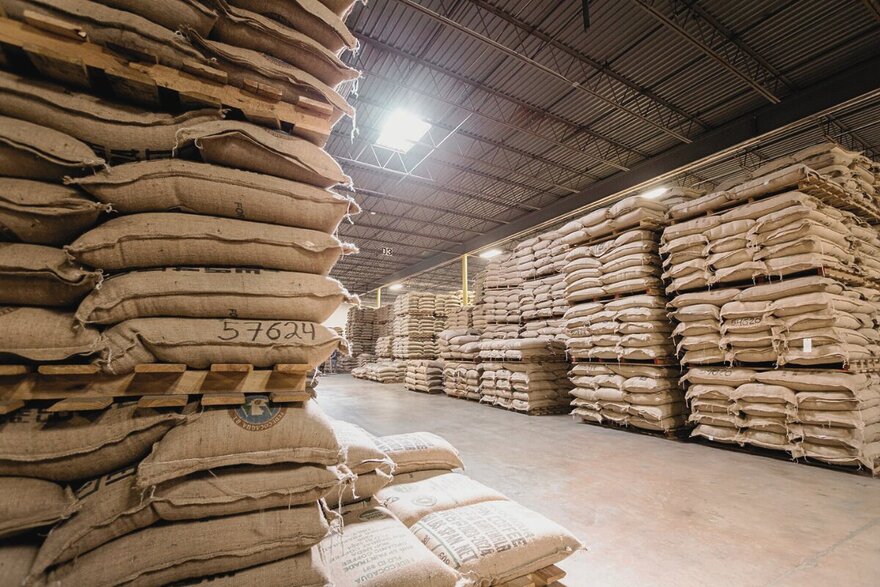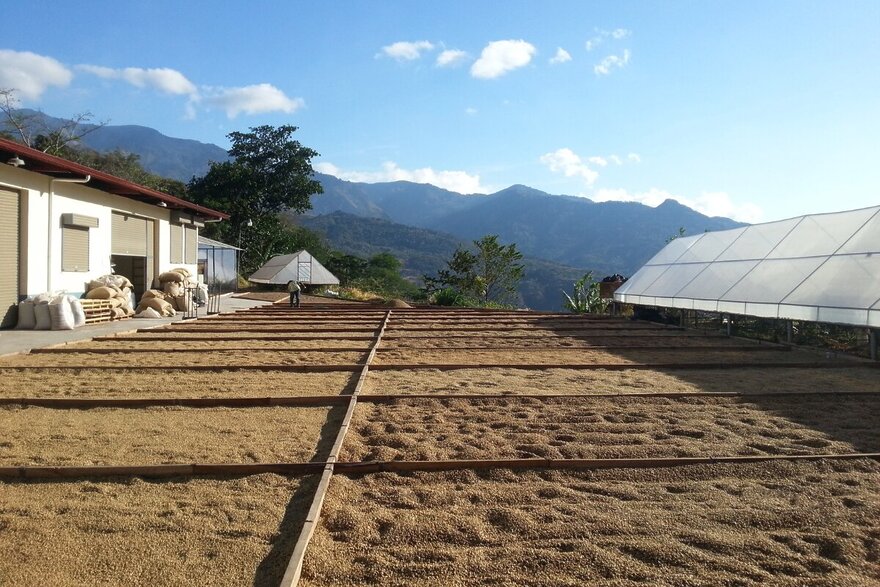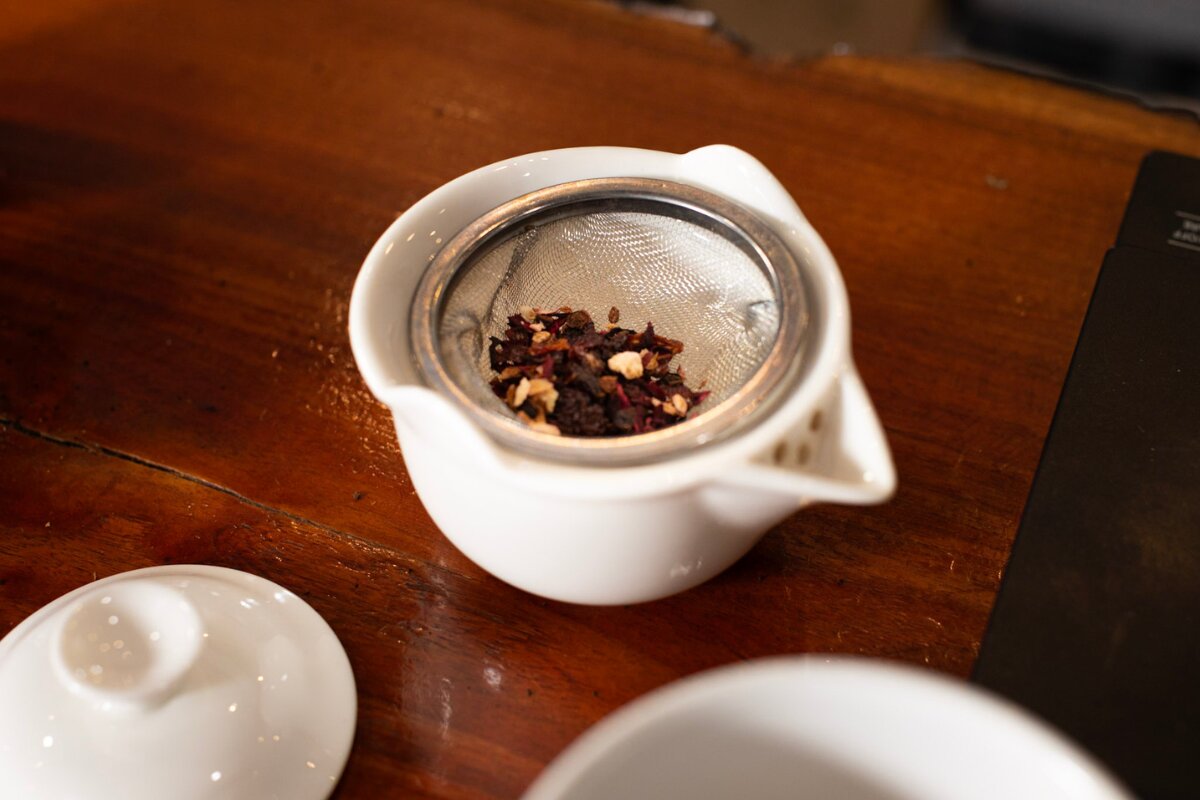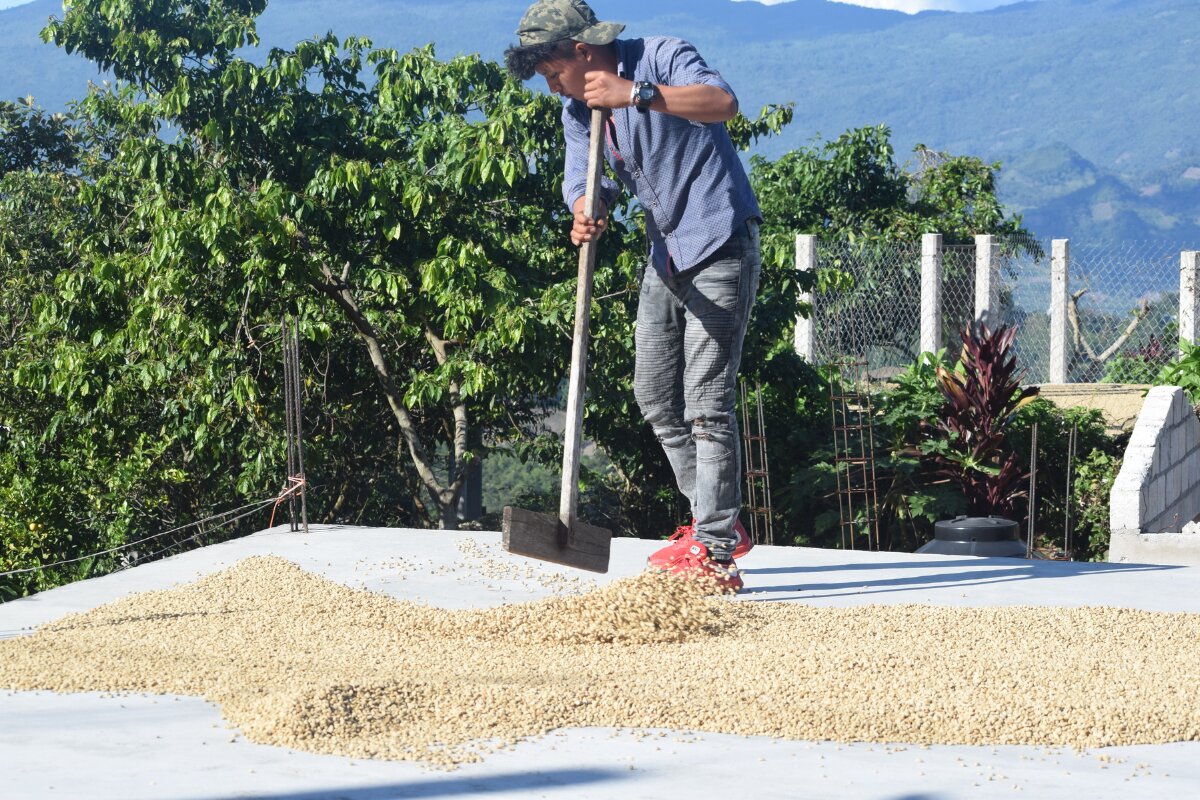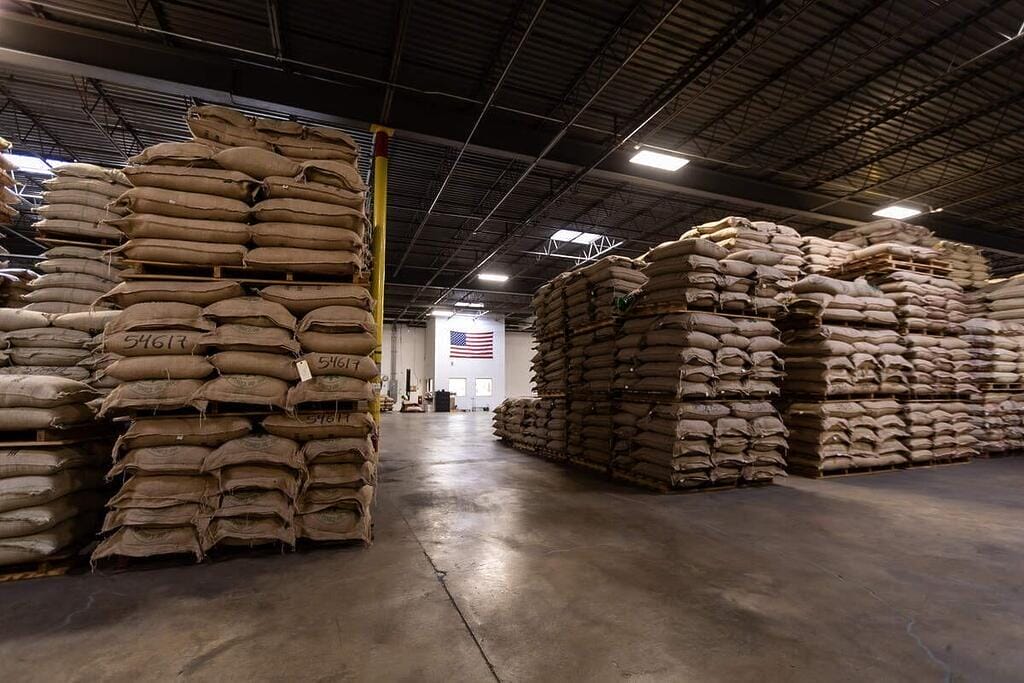Whether you’re a few years in or just getting started, you’ve probably noticed that things don’t always go according to plan when it comes to coffee shipments. Containers get delayed. Coffees take longer than expected to land. A blend component runs out right before a big order. Truthfully, anything can happen! Here are a few practical ways to keep your coffee supply chain running smoothly, without overcomplicating it.
Making the Most of Your Coffee Supply Chain
Plan around Harvest Cycles
Buying coffee closer to when it’s harvested usually means more freshness and better flavor. If you’re buying Central American coffees, think mid-spring to early summer. Ethiopian? Spring into summer. South America? Later in the year.
Try to line up your purchasing windows with those harvests. It’ll help you get the best version of that coffee—and avoid paying a premium for something that’s starting to fade.
Reserve Coffee Early
Reserving coffee ahead of time is a great way to lock in the volume and type you need. This is especially true for blend components or customer favorites. If you wait too long, you might be stuck choosing between something that doesn’t quite fit or something that’s a little more expensive than you hoped.
Curious about reserves? Check out our blog post detailing our new reserve request process.
Expect Shipment Delays
Delays are part of the game. Weather, port congestion, and even how full a container is can cause coffees to arrive late. That doesn’t mean you should panic; it just means planning with some breathing room.
If a coffee needs to be on your menu by July 1st, aim for it to land a few weeks before that. Give yourself space to cup it, dial it in, and have a backup plan if something slips.
Keep in Touch
The more you stay in contact with your trader, the fewer surprises you’ll have. Don’t be afraid to ask questions like:
Is this coffee on the water yet?
Has it cleared customs?
Is anything running behind?
And on your side, if something changes in your forecast or you’re running through a coffee faster than anticipated, speak up early. It helps everyone stay aligned.
Think through Quality
Not all coffees age the same way. For example, washed coffees tend to lose their brightness sooner than naturals or honeys. Try to rotate your coffee supply based on what came in first and how long it’ll stay tasting great.
If you’re sitting on something special for a few extra months, think about storing it with hermetically sealed bags or in a climate-controlled space if you’ve got one. Pro Tip: When you look at the name of a coffee from RNY, it’ll tell if you the coffee is already stored in a bag like GrainPro (GP) or Ecotact (E).
Be Smart with Inventory
There’s a fine line between having what you need and over-ordering. RNY Bean Logic™ can calculate your past usage to help forecast how much to bring into your roastery. Match your ordering to your roast days when possible, and try not to overcomplicate your blends or SKUs when it’s not necessary. Simple systems usually run better, especially when things get busy.
Blend with Intention
Blends don’t have to be boring. Anchoring them with a clean, consistent coffee gives you room to rotate in something more expressive or seasonal. It’s a great way to stay flexible while keeping costs in check.
Final Thoughts
Your coffee supply chain doesn’t need to be flawless. What matters most is that it’s steady and reliable. With a bit of planning, clear communication, and the right relationships in place, you can avoid a lot of last-minute stress and keep things moving smoothly.
If you ever want to run through a forecast, troubleshoot timing, or just talk strategy, don’t hesitate to reach out to us; we’re always happy to offer support.



